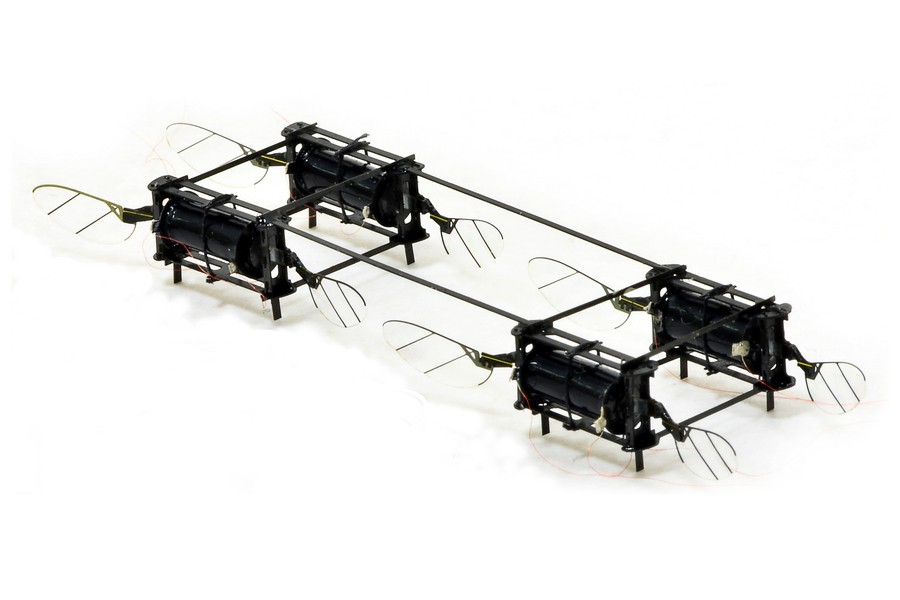
MIT researchers have achieved a breakthrough in robotic insect technology, creating miniature drones capable of flying 100 times longer than previous models. This advancement brings us closer to the possibility of mechanical pollinators that could support agricultural production.
The latest design, detailed in Science Robotics, features significant improvements in endurance, agility, and battery capacity while maintaining a weight lighter than a paperclip. These mechanical insects could potentially revolutionize crop pollination without harming the environment.
"The amount of flight we demonstrated in this paper is probably longer than the entire amount of flight our field has been able to accumulate with these robotic insects," said Kevin Chen, associate professor of robotics at MIT and co-lead author of the study.
The new design marks a departure from earlier versions. While previous models used eight wings spread across four units, the updated version employs just four wings - one per unit - extending outward from the center. This configuration more closely mimics natural insect anatomy and dramatically improves flight performance.
The reduction in wing count solved multiple challenges. It enhanced vertical stability, allowing the robot to achieve greater heights, and created space for carrying electronic components and batteries. The team also developed sophisticated wing control signals that mimic insect muscles, reducing strain and extending flight duration.
Looking ahead, the research team plans to refine the design further over the next five years. Their goals include integrating advanced sensors, improved battery systems, and computing capabilities to match the sophisticated muscle control found in real bees.
This advancement in robotic insect technology could transform agricultural practices by providing reliable mechanical pollination, potentially leading to increased crop yields while preserving natural ecosystems.